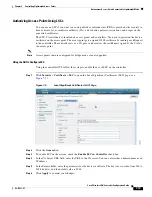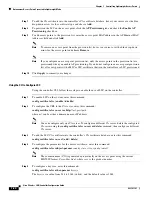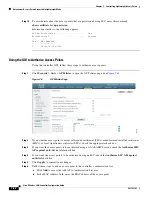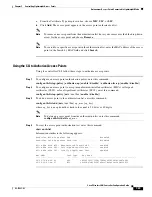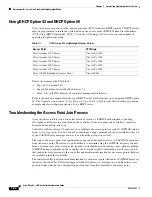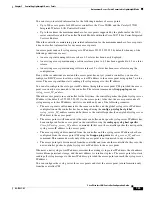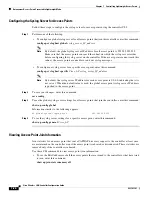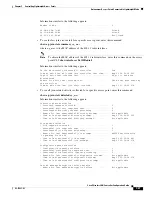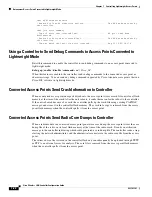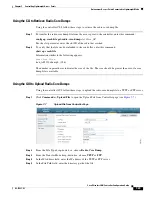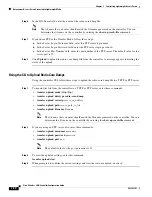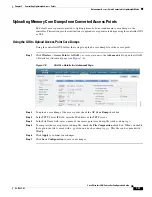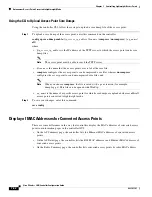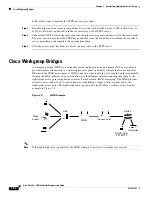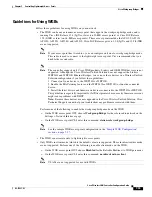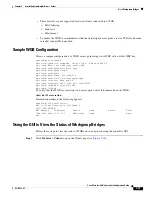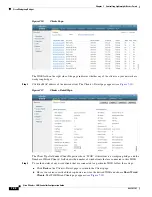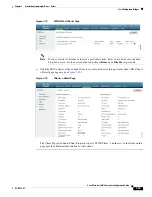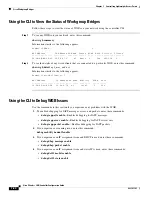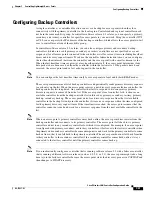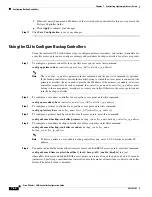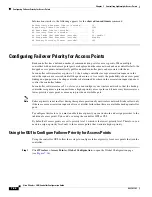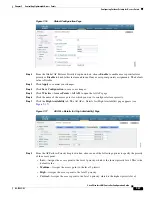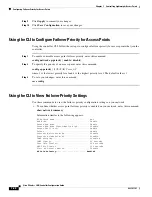
7-33
Cisco Wireless LAN Controller Configuration Guide
OL-17037-01
Chapter 7 Controlling Lightweight Access Points
Autonomous Access Points Converted to Lightweight Mode
Disabling the Reset Button on Access Points Converted to Lightweight Mode
You can disable the reset button on access points converted to lightweight mode. The reset button is
labeled MODE on the outside of the access point.
Use this command to disable or enable the reset button on one or all converted access points associated
to a controller:
config ap reset-button
{
enable
|
disable
} {
ap-name
|
all
}
The reset button on converted access points is enabled by default.
Configuring a Static IP Address on an Access Point Converted to Lightweight
Mode
After an access point converted to lightweight mode associates to a controller, enter this command to
configure a static IP address on the access point:
config ap static-ip enable
ap-name ip-address mask gateway
Note
If you configure an access point to use a static IP address that is not on the same subnet on which the
access point’s previous DHCP address was, the access point falls back to a DHCP address after the
access point reboots. If the access point falls back to a DHCP address, the
show ap config general
Cisco_AP
CLI command correctly shows that the access point is using a fallback IP address. However,
the GUI shows both the static IP address and the DHCP address, but it does not identify the DHCP
address as a fallback address.
Supporting Oversized Access Point Images
Controller software release 5.0 or later allows you to upgrade to an oversized access point image by
automatically deleting the recovery image to create sufficient space. This feature affects only access
points with 8 MB of flash (the 1100, 1200, and 1310 series access points). All newer access points have
a larger flash size than 8 MB.
Note
As of August 2007, there are no oversized access point images, but as new features are added, the access
point image size will continue to grow.
The recovery image provides a backup image that can be used if an access point power-cycles during an
image upgrade. The best way to avoid the need for access point recovery is to prevent an access point
from power-cycling during a system upgrade. If a power-cycle occurs during an upgrade to an oversized
access point image, you can recover the access point using the TFTP recovery procedure.

